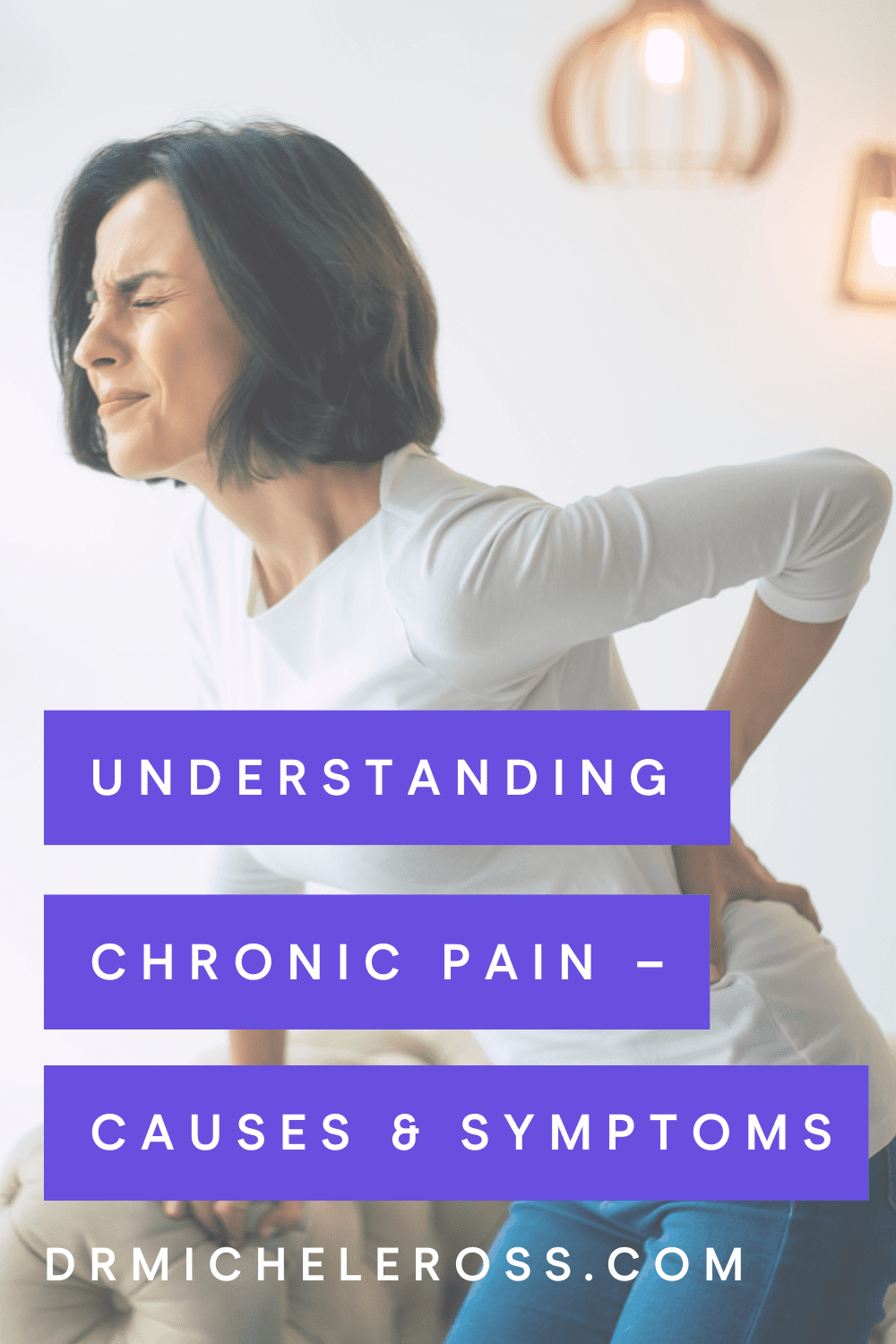
Pain is an unpleasant feeling that lets you know something is wrong. It can be constant, or it may come and go. It can happen anywhere in the body.
Chronic pain usually starts after an injury or illness. But some people experience it without a known cause. This is called psychogenic pain.
Symptoms
Everyone has pain at some time – it is the body’s normal reaction to injury or illness. Usually, the pain is short-term, lasts for a few days or weeks and disappears once the cause has gone. Pain that lasts for months or longer is called chronic pain. It may be caused by an illness or musculoskeletal problem, such as arthritis, cancer or a spinal cord injury. Sometimes there is no obvious cause.
Pain can be sharp or dull in one part of the body or all over. It can stay constant or come and go. Sometimes it makes you feel tired, sick or irritable.
There are many pain management options to treat chronic pain. Doctors may use a combination of medications, movement therapy and psychological treatments. These can help you deal with your pain better and improve your quality of life. They may also recommend diet, exercise and relaxation techniques. They can also use X-rays, MRI or CT scans to examine your bones, soft tissues and organs.
Causes of Chronic Pain
Pain is the body’s usual reaction to injury or illness, signaling something is wrong. Normally, the pain subsides after an injury or infection heals or runs its course. But when pain lasts for weeks, months or even years after the injury or illness has passed, doctors call it chronic pain syndrome.
Often, the cause needs to be clarified. The nerves that carry pain signals to the brain are more sensitive than usual, or chemicals in the brain that suppress pain stop working properly. Sometimes, the pain is associated with health problems such as shingles, arthritis or fibromyalgia.
Medication is a common treatment for chronic pain. But other treatments can help, too, such as physical therapy or psychological approaches like counseling and biofeedback. Using a healthy diet and getting enough sleep also can ease the pain. And many alternative treatments, such as acupuncture and mindfulness training, have good safety records. However, be sure to discuss these with your doctor before trying them.
Treatment
Living with chronic pain can be a frightening and disabling experience. It can make you withdraw from friends and family and lose your sense of purpose. It can also lead to depression and anxiety, worsening your pain.
Everyone experiences pain differently. It can be felt as a pricking, tingling, burning, shooting or aching sensation. When pain occurs, it performs a valuable function – alerting us that something is wrong. But sometimes, pain persists even after the original cause, and doctors call this chronic or persistent pain.
Treatment regimens for chronic pain usually involve a combination of medicine, physical therapy and lifestyle changes. This includes a healthy diet, regular enjoyable exercise and a good night’s sleep to reduce stress and promote relaxation. It’s also important to talk openly with your doctor about how you feel about your pain and how it’s affecting your life. Speaking to a support group or a health organization dedicated to your condition is also helpful.
You may want to talk about non-medicated pain management solutions. For chronic pain sufferers, the risk of developing an addiction to pain relief prescription drugs is high. Especially when you rely on them to get through the day. But, as expert forrestbh.com/ in addictive behaviors explains, strong prescription drugs can still create an addiction. More importantly, your body also develops more tolerance to the drug, which makes it less effective. Therefore, you want to explore alternative solutions too.
Prevention
Pain is the body’s natural reaction to an injury or illness. It lets you know that something is wrong and usually goes away after the injury or illness heals or runs its course. But for some people, pain continues long after its cause has gone. When this happens, it’s called chronic pain syndrome. It affects about 25 million adults in the United States.
Scientists are working to unpick some factors contributing to a person’s sensitivity to pain using genetics, epidemiological surveys and brain imaging. They’re also developing treatments that can help.
Medications like over-the-counter pain relievers (acetaminophen and NSAIDs) and more powerful drugs may help ease the pain. Changing how you think about your pain can also help reduce it, as can staying active and getting enough sleep. A healthy diet and weight control can also help. These approaches are called preventative care. They can help keep your pain from becoming chronic.
Pin This Post





